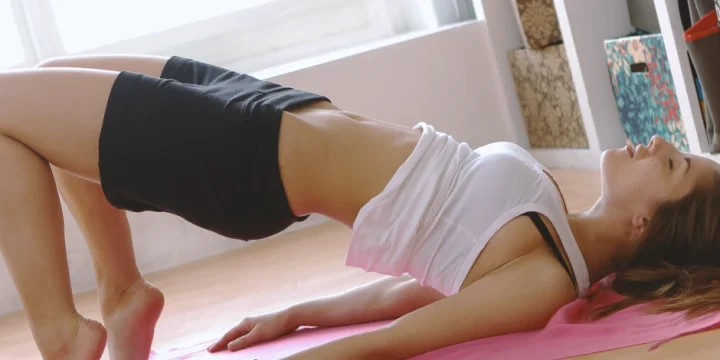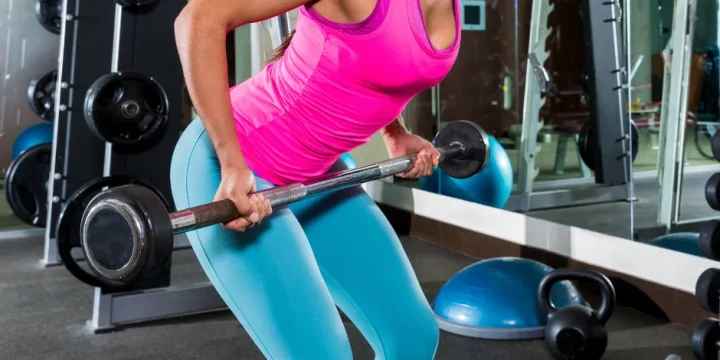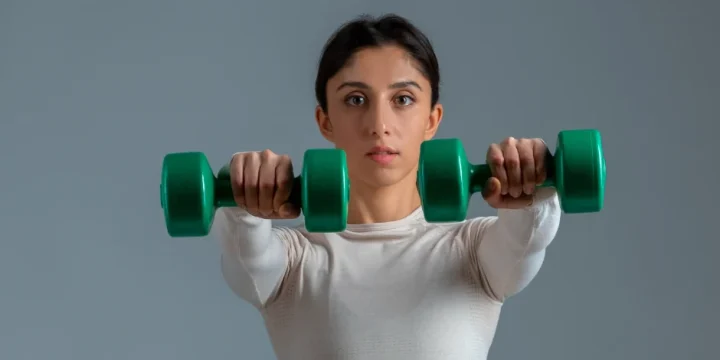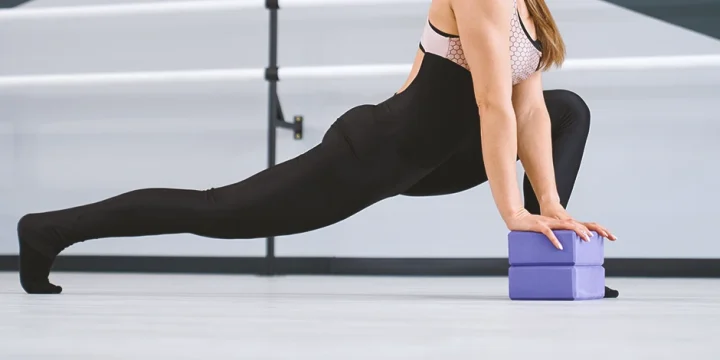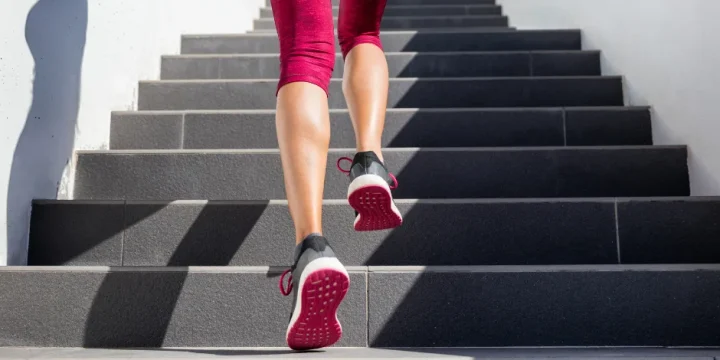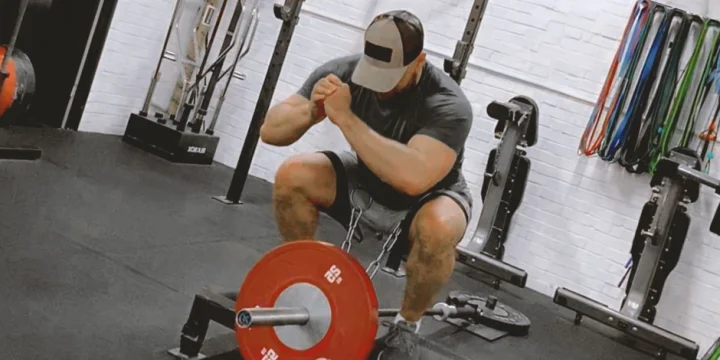Drawing from our experience, we recognize the glute ham raise, A.K.A. the glute ham developer, as a powerful tool to enhance the posterior chain.
However, you don’t always have a GHR machine in commercial gyms because they're overcrowded. We've tried practical alternatives that engage the same muscles from different angles, fostering progressive growth and strength.
Through trial and error and after using different GHR alternatives during a workout week test program, we've learned that incorporating these hamstring exercises into your workouts prevents plateaus and keeps your routine dynamic.
Read on to find out the best lower-body exercises for you.
Quick Summary
- The nine best glute ham raise alternatives include hip thrusts, Nordic hamstring curls, kettlebell swings, Romanian deadlifts, stability ball leg curls, good mornings, reverse hyperextension, glute bridge walkouts, and reverse hack squats.
- These alternatives target the gluteus maximus, hamstrings, and lower back, enhancing performance and minimizing injury risk.
- According to a ResearchGate study, finding glute ham raise alternatives not only prevents muscle adaptation by offering varied workouts but also ensures effective targeting of the same muscle groups, especially when a GHR machine isn't available.
- As a fitness enthusiast, I believe these alternatives are essential for balanced muscle development and maintaining a dynamic, plateau-free workout regimen.
Best Glute Ham Raise Alternatives

The glute ham raise alternatives target the glutes and hamstrings, which, according to ResearchGate, are essential muscle groups that power explosive movements, maintain balance, and support the lower back [1].
Hip Thrusts
I always recommend hip thrusts to my clients for targeting their glute and hamstring strength, which not only boosts their athletic performance but also enhances posture and reduces the risk of injury.
- Start seated with a bench behind you and a weighted barbell over your hips.
- Push through your heels, lifting the barbell while keeping your chin tucked.
Regular performance contributes to a toned lower body and a balanced physique.
Nordic Hamstring Curl
According to ResearchGate, the Nordic curl is an intensive, challenging bodyweight exercise that targets the hamstrings and gives you a strong posterior chain [2].
- Start with the starting position. Kneel on a padded surface.
- Secure your feet under a heavy object or ask a partner to hold them.
- Lower your torso slowly towards the ground, then use your hamstrings to pull you back to the starting position.
Kettlebell Swing
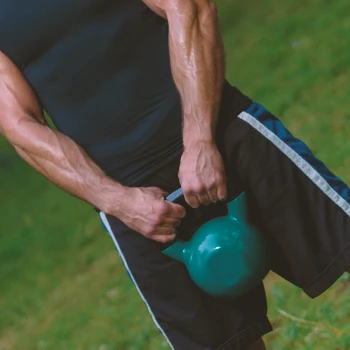
The kettlebell swing is a movement that targets your glutes, hamstrings, and core.
To do a Kettlebell Swing:
- Hold a kettlebell using a two-hand grip.
- Bend forward at your hips, allowing the kettlebell to swing back through your legs.
- At the peak of the swing, the kettlebell should reach chest height, and your body should be in a standing plank position with your arms extended.
- Forcefully drive your hips forward to swing the kettlebell up to shoulder height.
- Maintain control and repeat the movement, ensuring your hips drive the kettlebell upward in each swing.
Kettlebell Workout Articles:
Romanian Deadlift
To my clients, I often recommend the Romanian deadlift, a traditional barbell exercise that effectively strengthens the posterior chain muscles, including the erector spinae, gluteus maximus, hamstrings, shoulder blades, and adductors.
To do a Romanian Deadlift:
- Hold a dumbbell or a barbell in front of you.
- Hinge at the hips.
- Lower the weights while keeping your knees bent and your back straight.
If you're having issues performing this, you can try alternative deadlift exercises.
Stability Ball Leg Curls
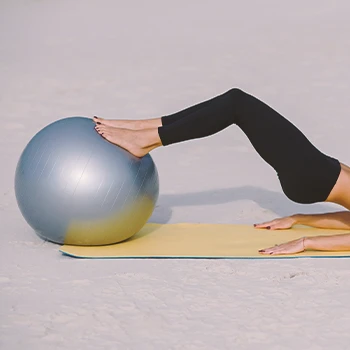
The stability ball leg curl aims at the hamstrings, engaging your glutes and lower back.
This promotes balanced muscle development and core stability.
To do a ball leg curl:
- Lay on your back using a stability ball to support your heels.
- Lift your hips and pull your heels towards your glutes.
Related Article: Leg Curl Alternatives
Good Mornings
The good morning exercise effectively targets the muscles in your posterior chain, like, your hamstring muscles, glute activation, core strength, and lower back.
To do a Good Morning:
- Stand upright with your feet hip-width apart. With an overhand grip, position a barbell across your upper back, not on your neck.
- Ensure the bar is stable before you start.
- Activate your core, maintain a straight posture, and keep your sight forward. This is the starting position.
- Slowly hinge at your hips, pushing them back while maintaining a slight knee bend.
- Lower your torso forward until it's almost parallel to the floor.
- Keep your back and core engaged throughout the motion. The movement should feel like a stretch along the back of your legs.
- Push forward to return to the starting position. This completes one rep.
Reverse Hyperextension
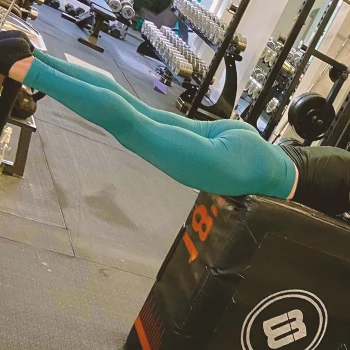
Whether performed on a reverse hyperextension machine or a stability ball, this exercise heavily trains your lower back, glutes, and hamstrings.
To perform reverse hyperextensions:
- Position on a reverse hyperextension machine or a suitable substitute, like a high flat bench.
- Lie face down and grip the handles or edges for support.
- Align your hips with the bench’s edge so that your legs can move freely beneath you.
- Start with your legs hanging straight down towards the floor.
- Lift your legs using your glutes and hamstrings until they parallel the floor or slightly higher. You should feel a contraction in your lower back and glutes.
- Slowly lower your legs back, ensuring you maintain control throughout the movement.
Glute Bridge Walkouts
Glute bridge walkouts is one of the best glute ham raise alternatives on this list; this exercise targets the glutes, hamstrings, and core muscles.
To perform glute bridge walkouts:
- Recline on a mat with knees bent and feet on the floor. Your feet should be hip-width apart with arms at your side.
- Apply force to raise your hips from the floor until your knees, hips, and shoulders align in a straight line.
- Walk your feet as far as possible without dropping your hips or arching your back. Once you've reached that point, come back into the starting position.
Reverse Hack Squat
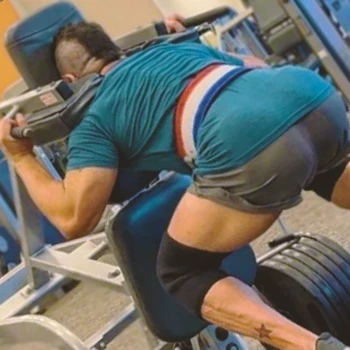
This variant of the traditional squat emphasizes your posterior chain, specifically targeting the glutes, hamstrings, and lower back.
The reverse position helps to distribute the load more evenly across these muscle groups, enhancing strength, stability, and power.
To perform reverse hack squats:
- Position on a hack squat machine. Stand with your chest against the pads and your back facing out. Secure your shoulders under and grab the handles.
- Set your feet on the platform. Ensure they are spaced shoulder-width apart.
- Extend your legs to lift the weight, but don't lock your knees.
- Lower yourself by bending at the knees while keeping your back and hips stable against the pad.
- Continue until your thighs are parallel to the footplate or as far as comfortable.
- Engage your quads and press through your heels to return to the starting position.
Related Article: Hack Squat Alternatives
Training Program Using Glute Ham Raise Alternatives

As a trainer, I recommend integrating glute ham raise alternatives into your training routines to challenge your muscles differently and target various muscle groups.
Here’s a 3-day workout routine to try:
Day 1 - Lower Body Focus
- Romanian Deadlifts: 3 sets of 8-12 reps
- Stability Ball Leg Curls: 3 sets of 12-15 reps
- Hip Thrusts: 3 sets of 8-12 reps
Day 2 - Full Body Workout
- Kettlebell Swing: 3 sets of 15-20 reps
- Good Mornings: 3 sets of 8-12 reps
- Glute Bridge Walkouts: 3 sets of 10-15 reps per leg
Day 3 - Lower Body Focus
- Reverse Hyperextension: 3 sets of 12-15 reps
- Nordic Curls: 3 sets of 6-10 reps
- Reverse Hack Squat: 3 sets of 8-12 reps
Warm Up Before Starting Glute Ham Raises
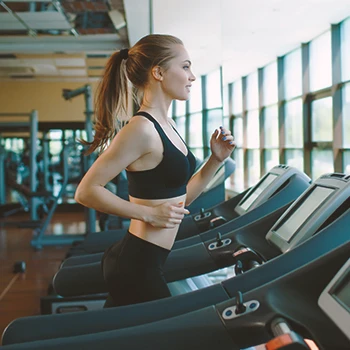
Before training with glute ham raises, start with 5-10 minutes of light cardio. You can walk or use a treadmill to raise your heart rate and jumpstart circulation.
Transition to dynamic stretches and mobility exercises focusing on the glutes, hamstrings, and lower back. Some exercises you can do are leg swings and hip circles.
Perform a couple of sets of bodyweight glute ham raises to engage and activate muscle memory.
Ensure a proper warm-up before starting a workout routine to avoid injuries.
Why Should You Find a Glute Ham Raise Alternative?
You should find a glute ham raise alternative to avoid muscle adaptation and stimulate your body with every new exercise you try.
Variations still target the same muscle groups effectively, but, according to ResearchGate, you allow your body to experience workouts in different ways [3].
You also have to consider the possibility of not having a GHR machine. An alternative is a great exercise to avoid unnecessary pauses during a workout.
“The glute-ham raise (GHR) is one of the essential exercises for the posterior chain, highly activating the hamstrings, calves, and glutes during knee flexion and hip extension, respectively. It also significantly strengthens the lower back and core.”
- Bret Contreras, PhD
Benefits of Training the Glutes and Hamstrings
- Improved Posture: Training your glutes and hamstrings strengthens the posterior chain, which is crucial for maintaining good posture and alignment, reducing the risk of back pain and other posture-related issues.
- Enhanced Athletic Performance: Strong glutes and hamstrings contribute significantly to overall athletic performance, improving speed, agility, and power in activities like running, jumping, and cycling.
- Injury Prevention: Strengthening these muscle groups helps stabilize the hips and knees, reducing the risk of injuries in both lower and upper body movements, particularly in the knees and lower back.
- Better Functional Movement: Strong glutes and hamstrings are essential for everyday activities like standing, walking, and climbing stairs, making daily tasks easier and more efficient.
- Aesthetic Benefits: Well-trained glutes and hamstrings improve the overall appearance of the lower body, offering a toned and balanced physique, which is often a desired aesthetic goal for many individuals.
FAQs
Can You Train Hamstrings Without a Glute Ham Raise Machine?
Yes, you can train hamstrings without a glute ham raises machine. Alternatives include deadlifts, stability ball leg curls, kettlebell swings, good mornings, and nordic hamstring curls. These exercises help effectively strengthen your hamstrings.
Can You Grow Your Glutes Without Growing Your Hamstrings?
Yes, you can grow your glutes without significantly increasing hamstring size by focusing on exercises that isolate glute muscles, like hip thrusts and glute bridges, while minimizing hamstring-dominant movements.
Is Glute Ham Raise Necessary?
No, the glute ham raise is not necessary when training, but it’s one of the not-only hamstring exercises that highly train your glute muscles.
Are Glutes the Hardest Muscle to Grow?
Glutes can be challenging to grow due to their size and usage; effective growth requires targeted, consistent exercises like squats and deadlifts, along with proper nutrition and recovery strategies.
References:
- https://www.researchgate.net/publication/258036029
- https://www.researchgate.net/publication/315381796
- https://www.researchgate.net/publication/335790397
About The Author
You May Also Like
